
It’s not just legends, sayings, tongue twisters and jokes that speak to who we are. The stories behind the names of Guanacaste’s cantons also tell our story.
Just as the province was named after a natural gift — the Guanacaste tree — some cantons were named for their natural characteristics.
Other cantons tell Christian stories, and of Indian chiefs, princesses or even the country’s government leaders who wanted towns to carry their surnames.
At The Voice of Guanacaste, we compiled the origins of the names of our 11 cantons in order to tell you the stories behind them. We consulted historian Édgar Solano, writer Carlos Araúz and used information that we collected from Guanacaste’s town halls and other records.
Liberia: The Land of the Free
In the 19th century when Liberia was established, residents knew how they wanted to be defined and remembered: the land of the free.
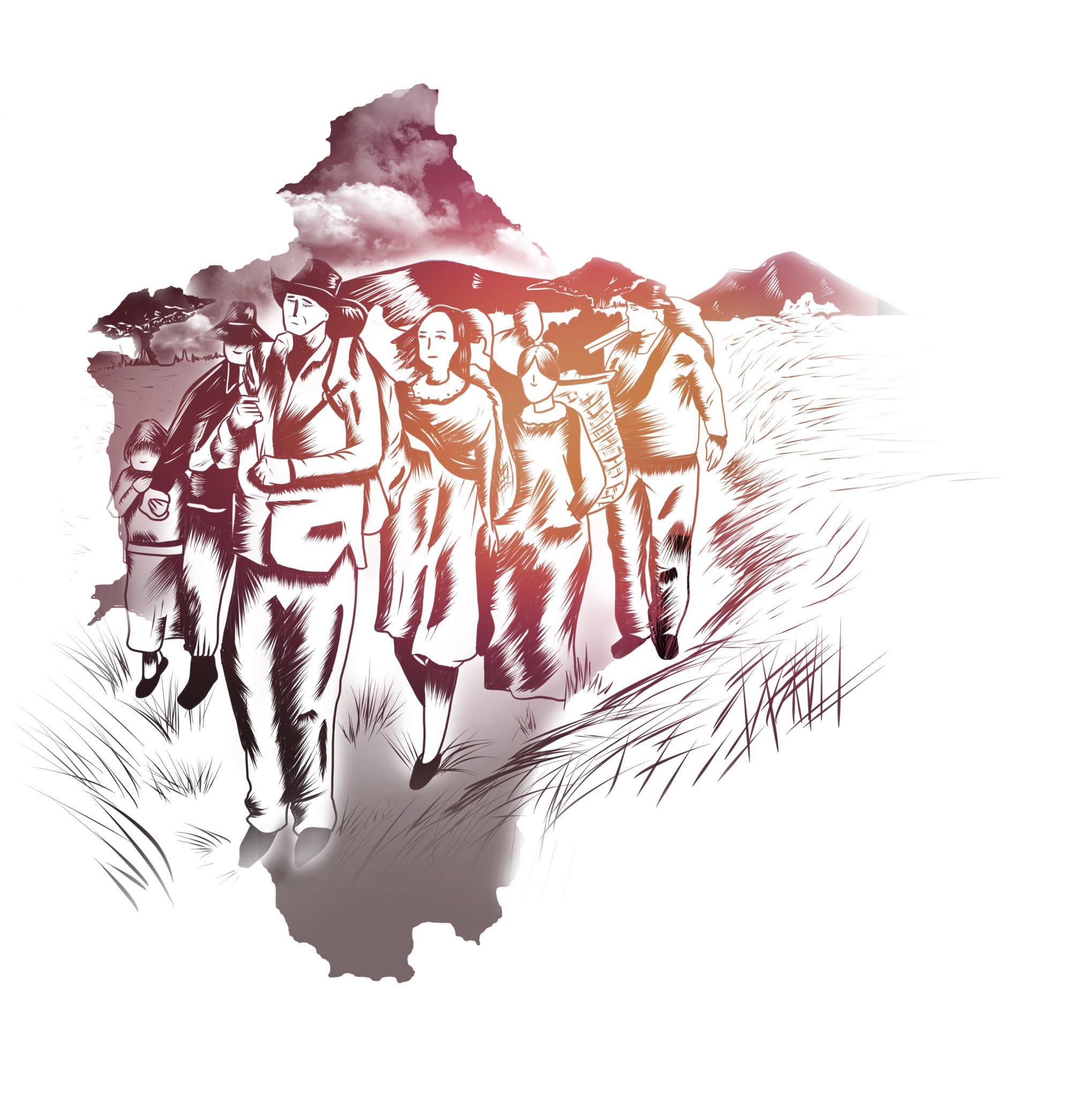
They were descendents of migrants who had worked as hired hands in Rivas and fled landowners in search of freedom. In the White City, they found a place where they could start their new lives freely.
They decided to use the word “liberia” for their territory because it comes from the Latin word “liber,” which means ‘free.’ They were determined to live in freedom and never look back.
Carrillo: A Head of State
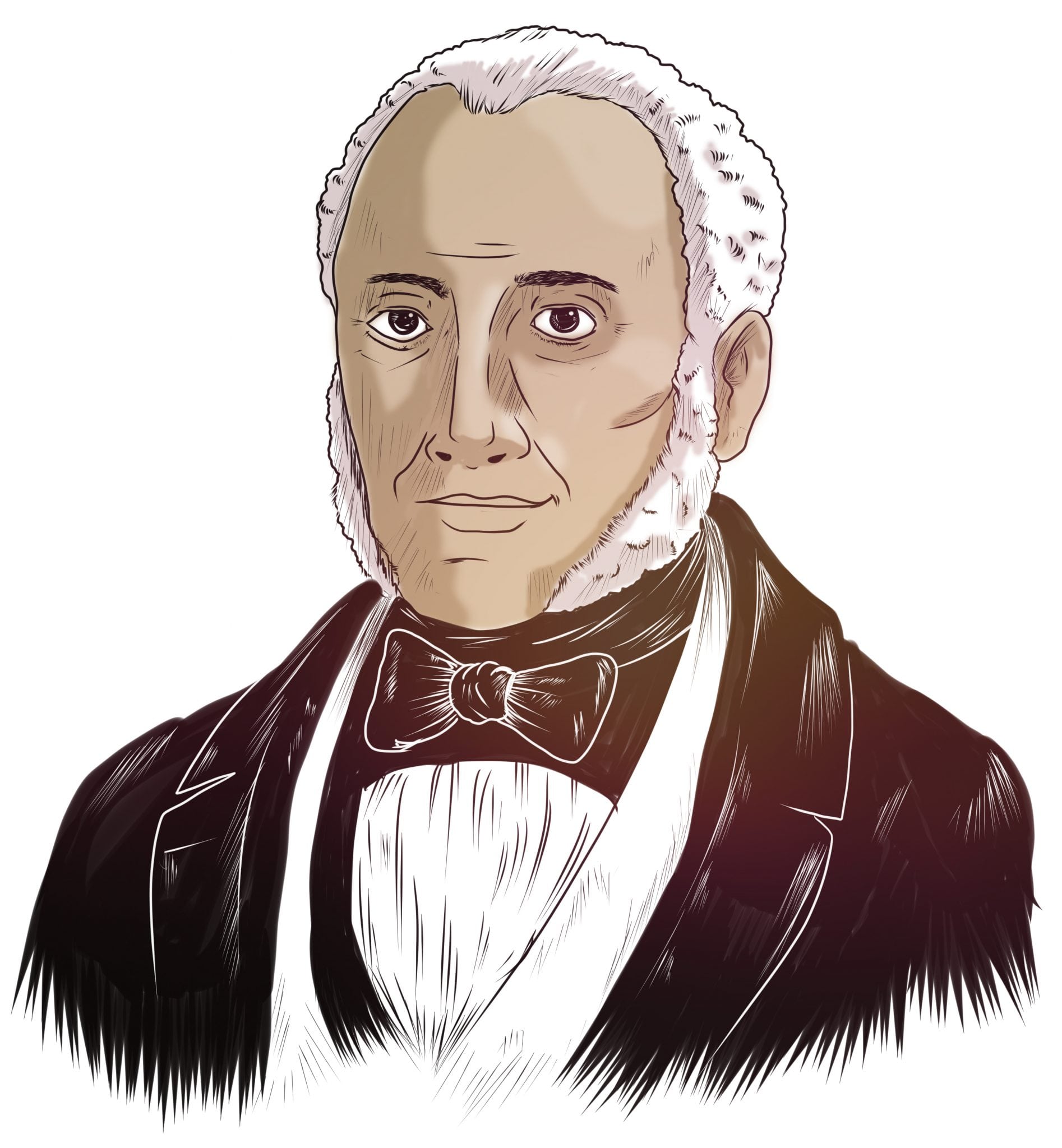
In the 1830s, Costa Rica was governed by Head of State Braulio Carrillo. He boosted development in some distant coastal towns in Guanacaste, Limon and Puntarenas.
Residents of Siete Cueros and El Sardinal, part of what we know today as Carrillo, wanted to secede from Villa de Santa Cruz and become part of the City of Guanacaste, as Liberia used to be called.
Braulio Carrillo supported them, so the town wanted to honor him and adopted his surname as the name for their town.
Santa Cruz: The Christian Symbol
Bernabela Ramos, a powerful landowner in the 18th century, built her house on a hill to the west of Santa Cruz.
Because she was a devout Christian, Bernabela placed a large cross outside her house and held an annual praying of the rosary, to which she invited all the residents of Las Delicias, as the canton was previously called.
Because of the cross, Las Delicias became known as “the spot where there is a santa cruz (holy cross).”
What sealed the deal for “Santa Cruz” was when Bernabela donated land in order to develop the town and the residents wanted to honor her, changing the name from Las Delicias to Santa Cruz.
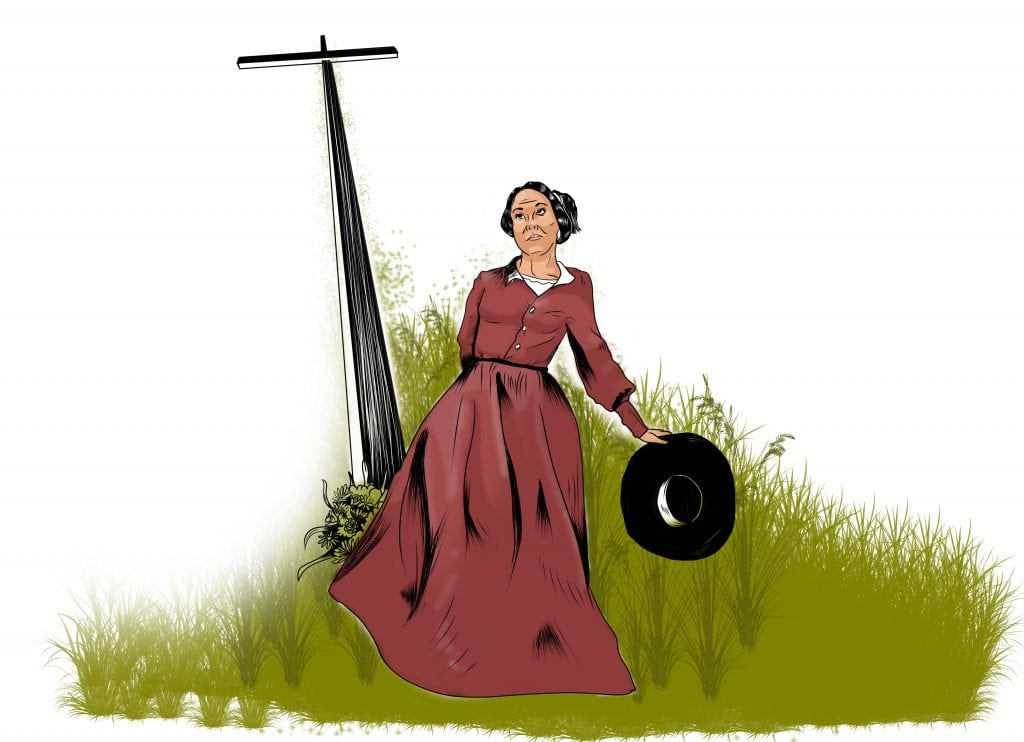
La Cruz: The Place of Death
La Cruz was part of Liberia before becoming a canton.
It didn’t have a city, but it was a place where muleteers and livestock passed daily on their way from Nicaragua to Esparza in Puntarenas.
One day, a cow escaped from a group of livestock and the muleteer decided to chase it, but for unknown reasons he died during the chase.
The muleteers decided to place a cross on the spot where their colleague died.
That cross became a spot along the route where muleteers would rest. Later, a town started to form around the symbol, which is why the territory was called La Cruz.
Hojancha: Of Leaves
Before becoming a canton, Hojancha was settlement of Nicoya. Its name comes from the leaves of a plant that used to grow everywhere in the canton.
These plants had wide, long leaves, which is why, little by little, the town became recognized as the place with wide leaves (hojas anchas in Spanish).
Later, both words became one to simplify the name of the place and finally it was baptized Hojancha in honor of the plant that used to grow all over the canton.
Cañas: On the Edge of the River
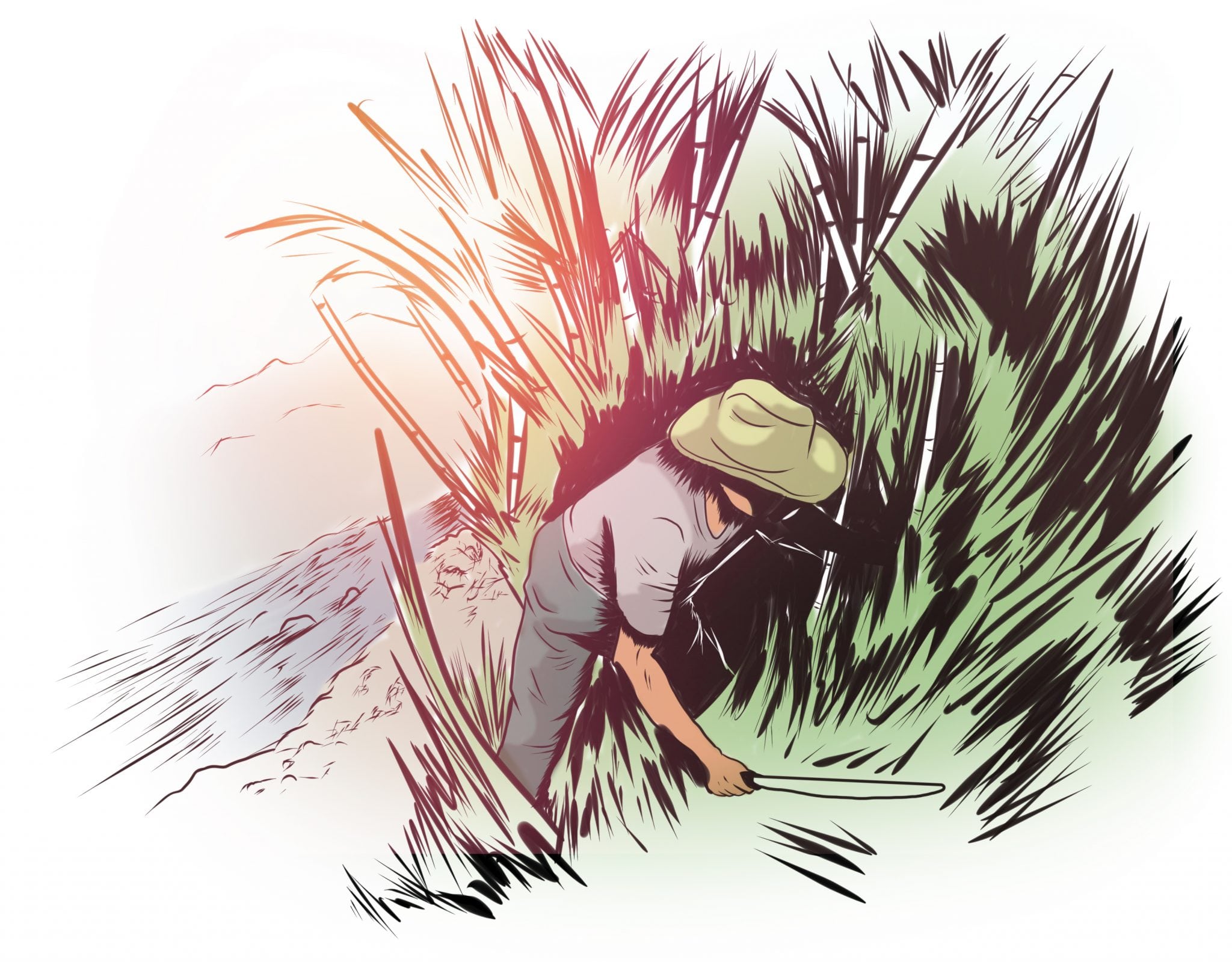
After naming the river Cañas because of the large amounts of bamboo that sprouted up at its edge, the settlement started to use the name Las Cañas.
In another version, the name is attributed to General José María Cañas, who visited the canton when it was called El Escarbadero. Because he felt so grateful for the way that residents treated him, he offered his surname as a name for the territory.
Tilarán: Land of Wind and Rain
Tilarán comes from the indigenous word “tilawa,” which refers to a place with wind and rain.
The name, which it earned in the 1900s, honors the canton’s characteristics. It’s a place where the breeze blows among the canton’s green landscape and its people.
Nicoya: The Powerful Indian Chief
The name of the colonial city of Nicoya honors the most powerful Chorotega Indian chief in the Guanacaste region from the 16th century. His name was Nicoa.

He was one of the last rulers of the Nicoya Kingdom and his supremacy was such that the canton, the peninsula and the gulf carry his name.
Nicoa in náhuatl, the language of the Aztecs, means a place divided by waters. In this case, it refers to the Río Tempisque river and the Pacific Ocean. Nicoa was given the name because of the place that he was destined to rule.
Bagaces: The Corobicí Indian Chief
Bagatzi was an ancient Indian chief in the 16th century.
He led the Corobici tribe that lived in the region when the Spanish came to conquer their land.
The word bagatzi comes from náhuatl and means place of cane or reed.
Nandayure: The Guanacaste Princess
Nandayure was a beautiful princess of Chorotega roots, daughter of an Indian chief who lived on the Peninsula.
Some stories say that she had a romance with Nicoa, which caused conflicts between him and her father.
Angered about their relationship, Nandayure’s father offered her for marriage to a Spaniard by the name of Fernán, but Nicoa killed Fernán with a spear.
At the same time, Nandayure was killed by Spanish conquistadors and Nicoa found her dead at the edge of a well.
The canton was named after her as a symbol of the resistance led by the natives of the Nicoya Peninsula.
Abangares: The Pacific Indian Chief
The name Abangares honors Avancari, an Indian chief who lived in what is known today as Abangaritos, Puntarenas.
Previously, Abangaritos extended clear to Abangares. Despite the fact that Avancari’s influence existed predominantly in the central Pacific, today his legend is also remembered in Guanacaste.


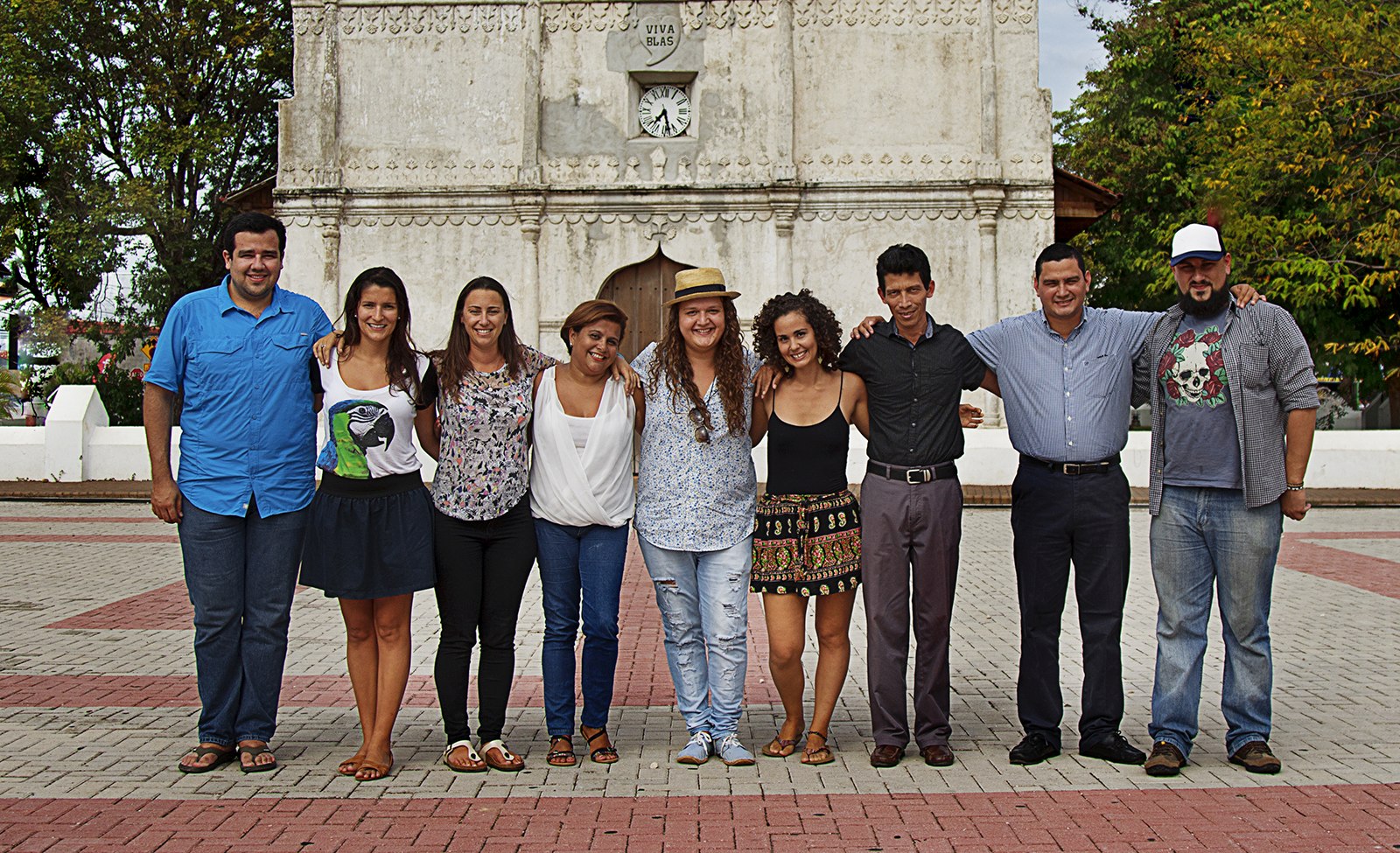
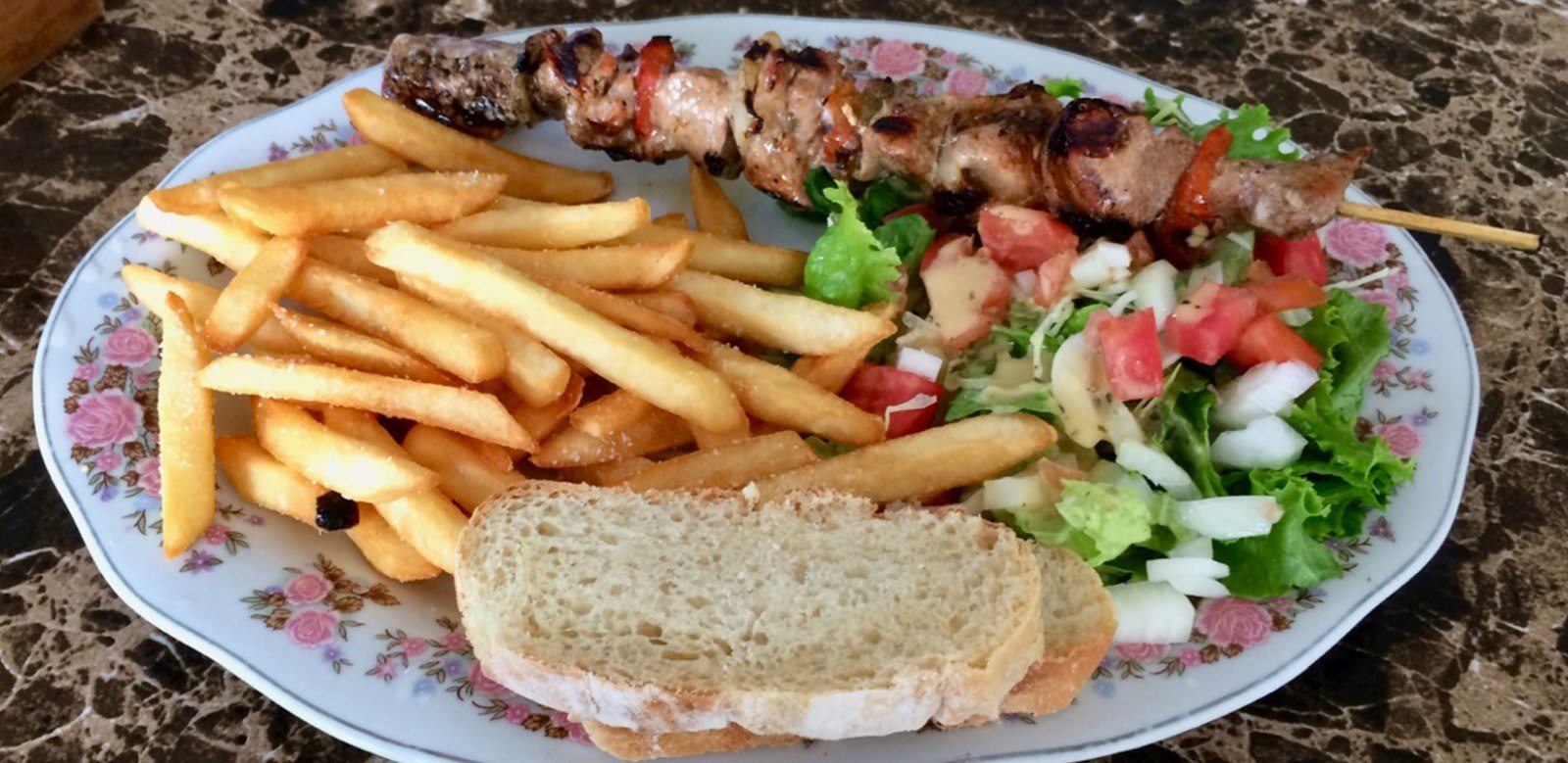
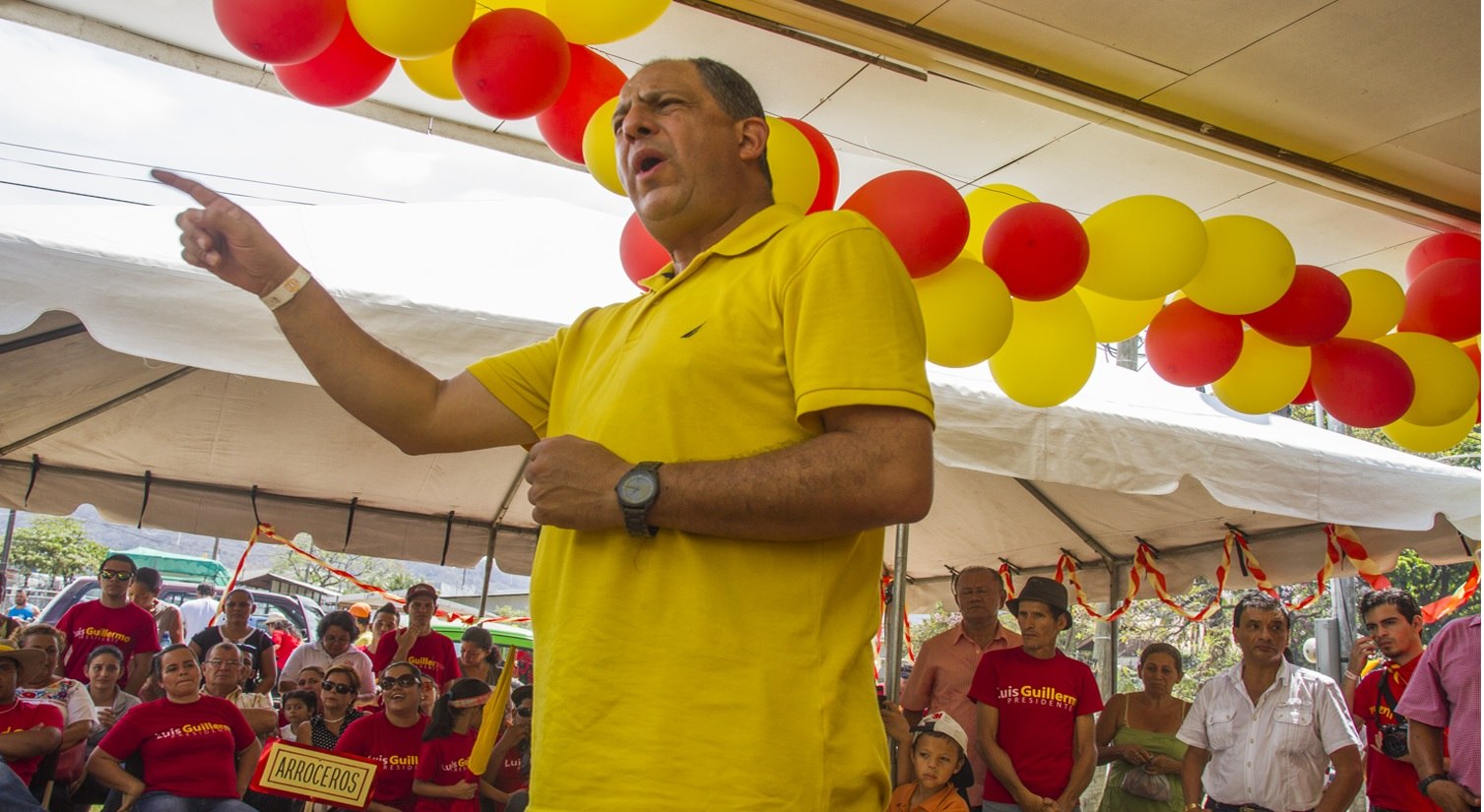

Comments